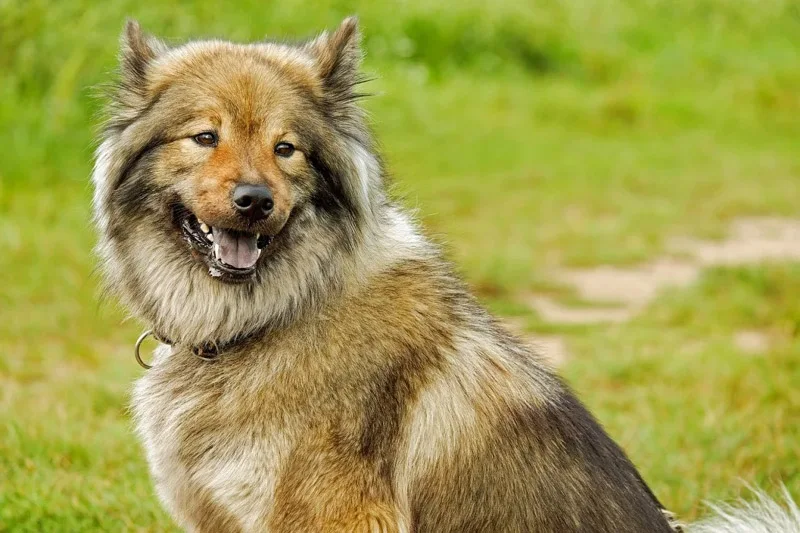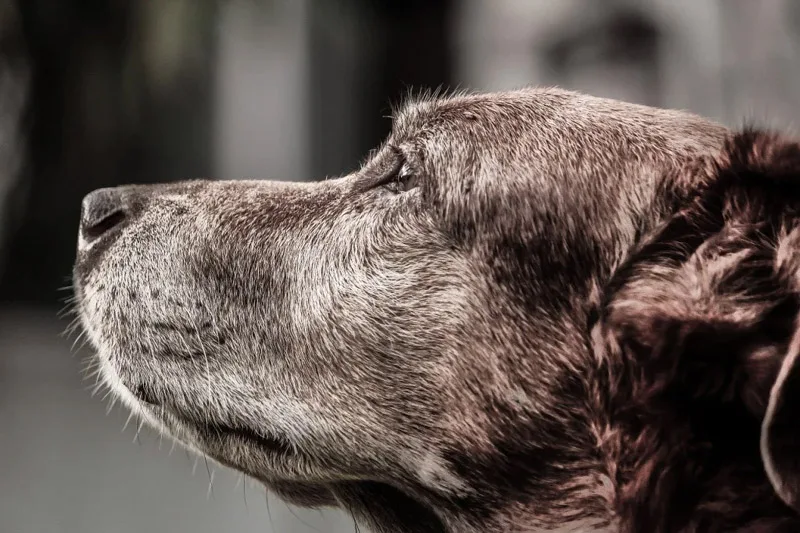![[feature] Easy Ways to Determine Your Dog's Age](https://blogger.googleusercontent.com/img/b/R29vZ2xl/AVvXsEgihkKYeSAV4qD2uTcHZn1cJzkmZaQf4KYCalCsjMKeVcRxE5vFIFBibzmyOSvVOKgpzi3tgXuwxI-NXZNy_pHSWjCCQ7eYXiwuFHhSQ9NYBOWWI3866W0LFlcR_ecI3PXS1Knq3HPT6KvzWh7ZzlAhcmg48oGXB-p9Vd-IRZx3XnxhICoOT-hlVRGK/s16000-rw/german-shepherd.jpg) |
| Ⓒ Provided by Pawtracks |
By Mary Johnson, Pawtracks
If you have a dog, then it’s almost certain you’ve heard the cliche that one dog year equals seven human years. As it turns out, that’s not actually how dogs age. Our pups mature faster than we do during the first few years of their lives. But what does that mean for aging and maturity? It may surprise you to learn that your canine companion is actually closer to a 15-year-old than a 7-year-old by the time he celebrates his first birthday.
But what happens if you’re not sure how old your dog is? Adopting a puppy makes calculating your dog’s age a whole lot easier, but adopting an adult dog may require a bit more detective work on your part. Unfortunately, most shelter dogs have incomplete medical histories — this applies to puppies and adult dogs — and you won’t know anything about your pooch if you adopt a stray. This means you need to know how to tell how old a dog is to figure out their approximate age. Have you ever wondered, “How old is my dog?” We’ll tell you how professionals figure it out.
Read More: Why Do Dogs Get Dementia?
Have a look at their chompers
According to Everhart Vet, one of the best ways to gauge a dog’s age is by looking at their teeth. A puppy younger than 2 to 4 weeks old won’t have any teeth, while by age 8 weeks, pups will have all their baby teeth—also called deciduous teeth. A pup with a bright white smile is likely up to a year old. After that age, a dog’s teeth begin to dull. Dogs age 3 to 5 years old show tartar buildup, or yellowing, of their teeth. Older dogs, age 10 and up, may have missing teeth from periodontal disease.Give your dog a back rub
 |
| Ⓒ Provided by Pawtracks |
Just as with humans, a dog’s weight distribution changes with age. While people tend to carry their weight around the stomach and hips, dogs develop fat pads around the lower back. Feel along both sides of your dog’s spine for collections of fat. Obviously, this method isn’t foolproof, as many rescue dogs are emaciated when they’re adopted, but it can help to determine age if your dog is at a healthy weight. Signs of muscle wasting, a swayed back, and a bony, prominent spine are all good indications that your pup is a senior.
Watch your pooch play
 |
| Ⓒ Provided by Pawtracks |
No matter the breed, dogs tend to slow down as they age. If your dog has a perpetual case of the zoomies and romps through the yard playing for hours at a time, he’s most likely a young pup. However, if he’s more content to sleep at your feet while you marathon your favorite television show, you’ve probably adopted an older dog. Older dogs also are more likely than younger dogs to suffer from health problems. If your pooch gets winded easily after playtime, it’s generally a sign he’s an older dog.
Check their joints
 |
| Ⓒ Provided by Pawtracks |
As dogs age, joint problems like arthritis and hip dysplasia begin to develop. If your pup suddenly begins to limp or shows signs of discomfort with no known cause, it could be a good indication you have an arthritic older dog. Take your pup to the vet for a checkup, as there are medications a vet can prescribe to help alleviate your dog’s discomfort and give him a better quality of life.
Read More: Dog Vision: How Do Dogs See The World?
Look for visible signs of aging
 |
| Ⓒ Provided by Pawtracks |
Dogs and humans have a lot in common when it comes to aging. Just as we do, dogs tend to go gray with age. While a few gray hairs may pop up when your dog is only a year old, most dogs’ muzzles begin to gray when they’re around 5 years old. A few gray patches around the muzzle place your dog at around 5 to 7 years old, while a fully gray muzzle indicates that your pup is most likely a senior dog.
Additionally, you’ll want to look for a cloudy, blueish appearance in the lens of the eye. This condition, called lenticular sclerosis, or nuclear sclerosis, is commonly found in middle-aged and senior dogs. Fortunately, lenticular sclerosis doesn’t affect your dog’s vision in a meaningful way.
Final thoughts
 |
| Ⓒ Provided by Pawtracks |
Knowing your dog’s age is vital when it comes to providing for your pup’s needs. While young dogs require certain nutrients and need more exercise, older dogs may benefit from a diet that caters to sensitive stomachs or prevents weight gain. Your vet can help you come up with a reliable estimate of your dog’s age, so that you can provide the best care for your pup — whether he’s a senior or barely an adult.
Read More: The Top Four Dog Breeds for Those Who Live Alone
See more at Pawtracks

























